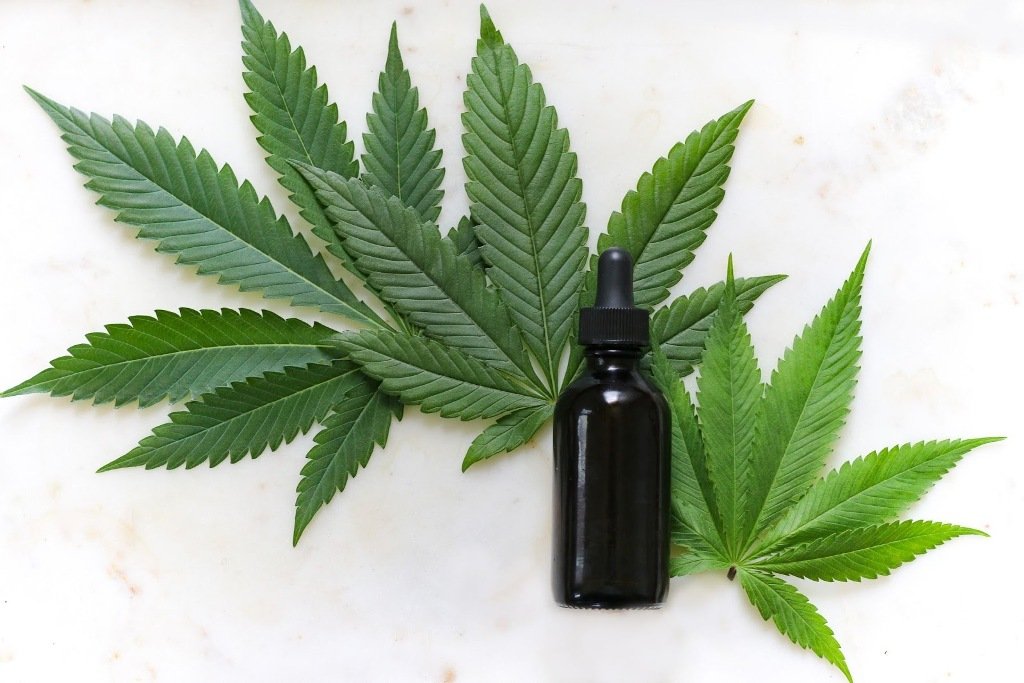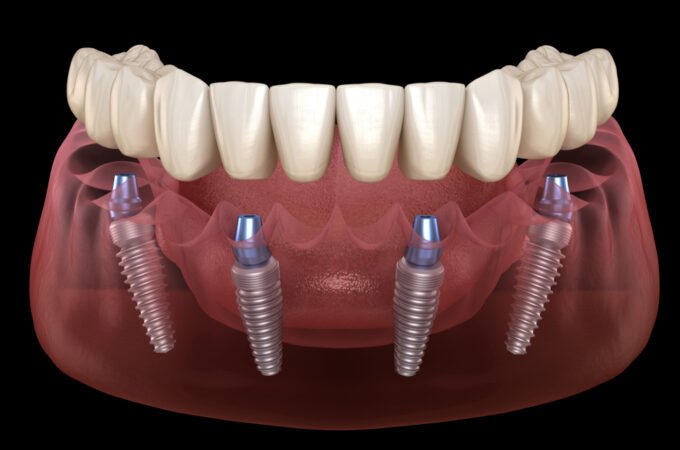
5 Helpful Tips in High CBD Hemp Clones
The hemp industry is now dominating the healthcare market. It has been forecasted to surpass $22 billion gross market value this year. As such, hemp growers and retailers are continuously innovating their farming techniques to produce quality hemp plants.
These days, many growers would opt to grow hemp through cloning. Hemp clones are clippings from matured hemp plants (mother plant) that contain the identical genetic properties of the original plant.
Doing so allows farmers to produce a premium high CBD percentage byproducts, and eventually increase their revenue. If you’re planning to shift to cloning hemp plants, here are five helpful tips that you can follow.
Opt for Female Hemp Plants
Like any other plant, hemp can be either male or female. You may identify the gender of the hemp plant through its basic physical structures and development. Female hemp grows pre-flower, which are those tiny bracts with hair-like stigma peeking out. Male hemp, by contrast, produces small and round balls at the nodes.

Compared to male hemp plants, the hemp flowers from female plants offer higher CBD concentration. That’s why female hemp plants are used for cloning. These hemp clones manifest similar traits and are renowned for producing premium quality CBD rich hemp flowers.
The careful handling of female plants is vital. The presence of even a single male plant or pollen in the cloning facility can significantly affect the reduction of the medicinal capacity of the female plants.
Check Gene’s Quality
After securing the plant’s gender, it is also best to look into your crop’s gene quality. The best genes equate to the best variety of plants that can produce the highest ratio of CBD per lb.
Opt for the best quality genes for better investments return. When buying your mother plant for your cloning facility, choose the most vigorous, vibrant, and potent ones. Here’s a checklist you can use when buying hemp clones:
- Check the roots. Healthy clones have spiky, lengthy, and abundant roots.
- Check discolorations in roots. Yellow discoloration in the hemp roots indicates nutrient burn or rots.
- Check the soil for any insect infestation and molds.
- Check the leaves and other parts, such as the stalks. Leaves should be vibrant and free from any bugs and webbing.
Buy high-quality clones
Invest in high-quality clones to produce optimal CBD ratio. Excellent quality clones potentially gives better kickbacks than low-graded clones. For hemp clones, there are plenty of customizations offered in the markets to achieve your desired plant.
These customizations also affect the clones sturdiness to withstand certain unforeseen conditions, such as changes in weather, pests infestations, and infiltration. Usually, high-quality clones can be identified by the vibrancy of the leaves and stalks of the clones.
Grow your hemp clones indoor
It is better to cultivate hemp clones in an indoor facility with a secure, monitored environment. The mother plant should receive at least 16 hours of light daily. High CBD hemp clones can be obtained and ensured when its cultivation environment is being controlled, as well.
Unlike the seeds, hemp clones demand less attention and effort. However, when moving the clones indoors, prevent them from hardening off to ensure their survivability. During winter and early spring, grow the clones indoors to produce an abundant harvest.

Harvest the CBD clones at the right time. Rushing harvesting period gives clones insufficient time to produce CBD. The best time to harvest is when at least 90% of the white hairs have turned brown or amber. You can start harvesting in at least 60%. The later you harvest the clones, the more CBD content it will preserve.
Utilize growing techniques
With its popularity in the market recently, biotechnologists, scientists, and even growers have been introducing various care and cultivation techniques to assure maximum CBD in hemp clones.
These techniques are especially anchored on its target to produce premium CBD content. The healthier the plants, the better the CBL produced. Some basic hemp cultivation techniques include maintaining warm soil and air temperature, as well as lessening plant precipitation (rain or water).
Take Away
With its undeniable market demand, it is best to take advantage of the extensive publicity of the growing hemp industry. You can start small by cultivating your garden at home and buying high quality and premium hemp clones from a trusted seller.




